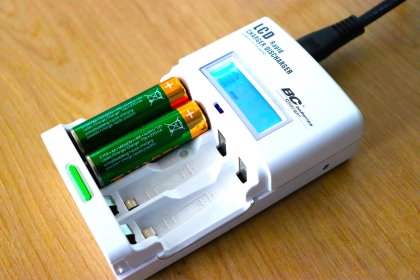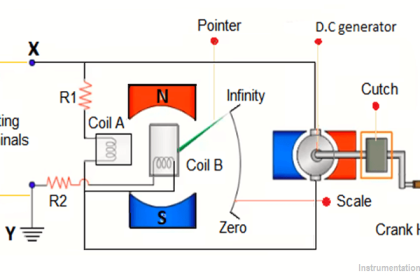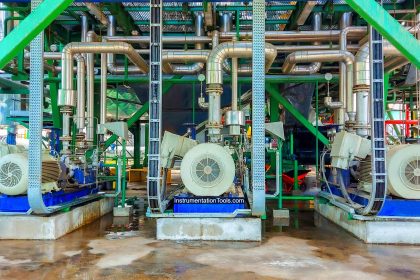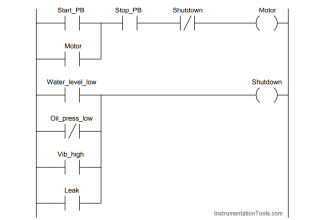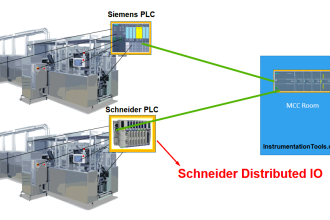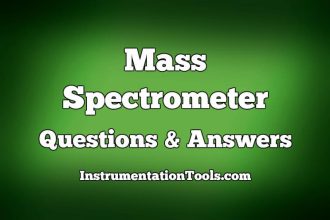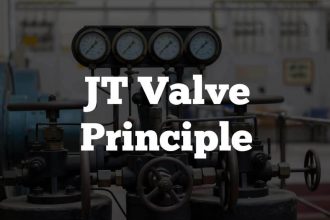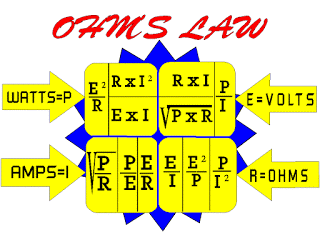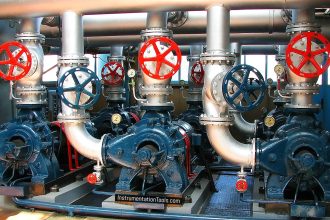In industrial automation, the encoder is a very widely used device for measuring a number of rotations. You must have seen that whenever you work in some simple machine like a rolling mill, which cuts the metal sheet based on the length set, it would not be possible without an encoder.
An encoder will feed binary data to the PLC which shows how much length of sheet has been passed. So, such simple machines to complex machines in industries that require measuring some moving object require the use of an encoder.
Rotary Encoder Interview Questions

An encoder is thus a very integral part of machine automation projects. The programmers who apply for jobs in machine automation must have proper knowledge of encoders. So, it is important to crack questions if arise during interviews.
In this post, we will learn some general and tricky questions asked regarding encoders during an interview.
Which type of signal does an encoder convert into an electrical signal?
The encoder converts a mechanical displacement signal into an electrical signal. Basically, an encoder has a shaft that when moved produces the corresponding number of electrical pulses. The more you move the encoder, the more the number of electrical pulses generated. So, the electrical signal is directly proportional to the mechanical displacement signal.
What are the two types of encoders based on the output signal?
The two main types of encoders are incremental and absolute. Incremental encoders do not store the pulses when power goes off and absolute encoders store the pulses even when power goes off. Due to this, absolute encoders are mostly used in applications where the last hold position is required to be retained for operation.
What is the resolution in the encoder?
Resolution is a data length that is used to define how fine an encoder can read pulses in one rotation. The higher the resolution, the higher the number of pulses you get for a single rotation and thus, you get more precise values for the motion. It is also termed as PPR (pulses per revolution)
Which counter is used in PLC for counting encoder pulses?
The PLC programmer should use high-speed counters for configuring an encoder in the system. Without it, it is not possible to read an encoder.
There are a total of how many phases in the encoder for reading motion?
In the encoder, there are a total of 3 phases – A, B, and Z. A phase is used for sensing forward direction, the B phase is used for sensing reverse direction, and the Z phase is used as a start or reset signal. Z phase is generated only once per rotation of the shaft. Thus, it is a rising edge-type signal used for reference or homing.
What is the standard power supply for an encoder?
An encoder uses 5-30V DC for power supply. It does not use AC voltage.
Name some applications for encoders
Some of the most used applications of encoders are packaging machines, printers, CNC machines, labeling machines, material handling, cable pulls, conveyors, textiles, assembly machines, robotics, and drilling machines.
What are the basic selection criteria for an encoder?
The most standard selection criteria for an encoder are shaft size, shaft style for fittings, nearby environment, and resolution.
Are encoders affected by noise?
Yes, like usual electronic devices, an encoder is disturbed by noise, which affects the signal output. Some of the most common noise reasons are mounting issues, crosstalk, signal interpolation, shorted wires, proximity to high power cables, and poor earthing.
In this way, we saw some general and new types of questions asked in interviews regarding rotary encoders.
If you liked this article, then please subscribe to our YouTube Channel for Electrical, Electronics, Instrumentation, PLC, and SCADA video tutorials.
You can also follow us on Facebook and Twitter to receive daily updates.
Read Next:
- PID Controllers Explained
- Servo Motor Interview Questions
- Top Best Practices of PLC Wiring
- Control Speed of Induction Motor
- Most Asked Questions on SCADA

